Kimono
Contents
You may see women dressed up in kimono on New Year’s days and Coming of age day.
Kimonos today were originally a kind of underwear called kosode under long robes in the Heian period. At the end of Muromachi period women started to wear kosode without robes. In the middle of Edo period kimono became more decorative and obi sash more wider.
The bottom used to drag along the ground until women started to adjust their length by tying at the waist using obi sashes. We wrap obi around the waist twice and tie in the back with a beautiful bow.
Today most women wear kimonos only on special occasions such as during the New Year’s season and for receptions, because Kimono is so expensive and takes time to wear.
But buoyed by a growing interest in kimono overseas, more secondhand kimono shops have started online sale.
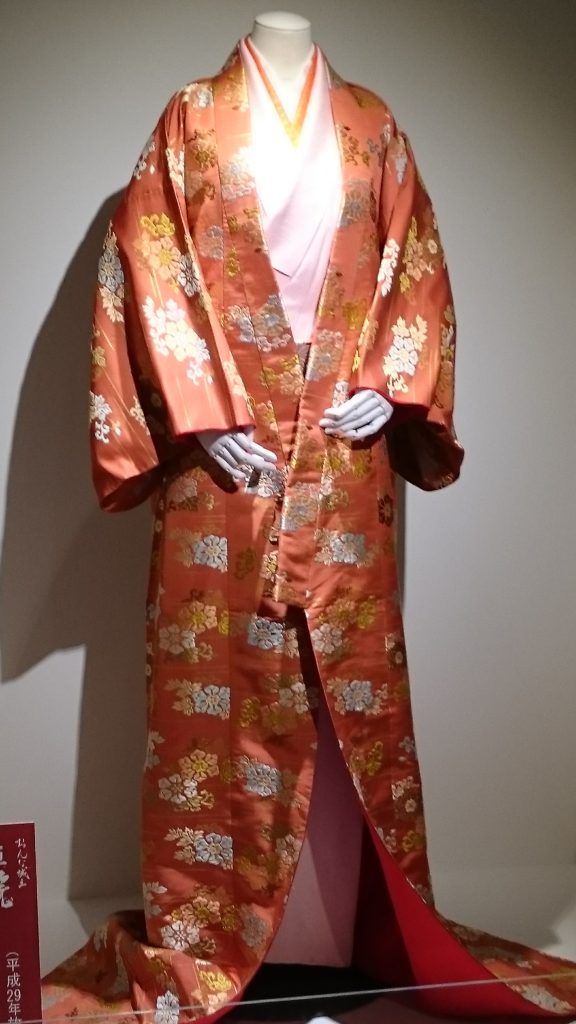

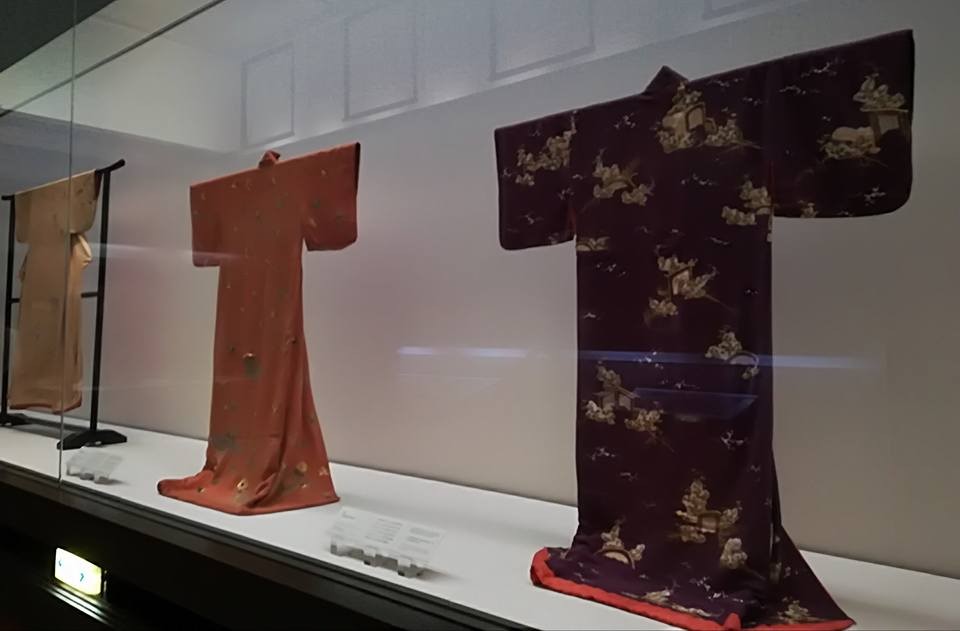
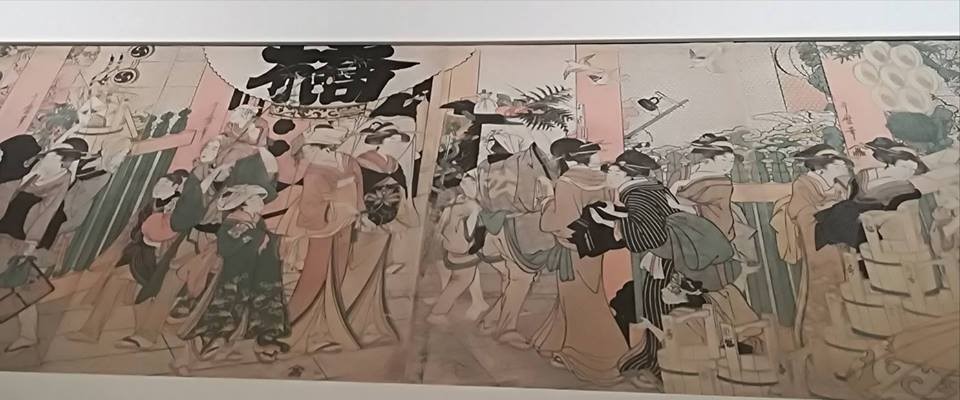
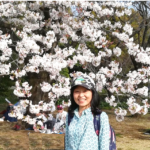


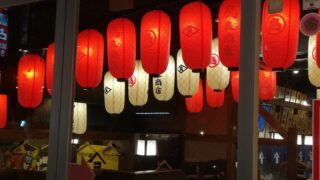
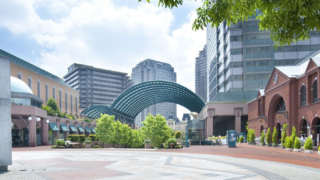
One thought on “Kimono”
Comments are closed.